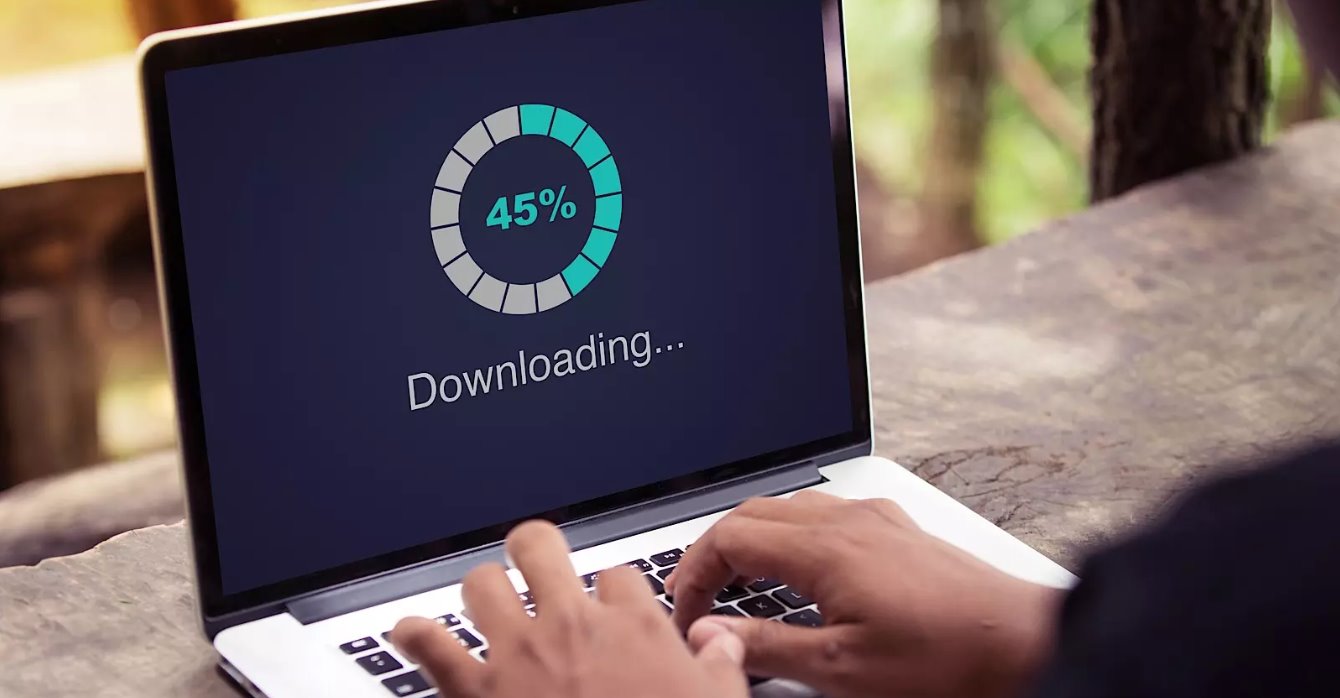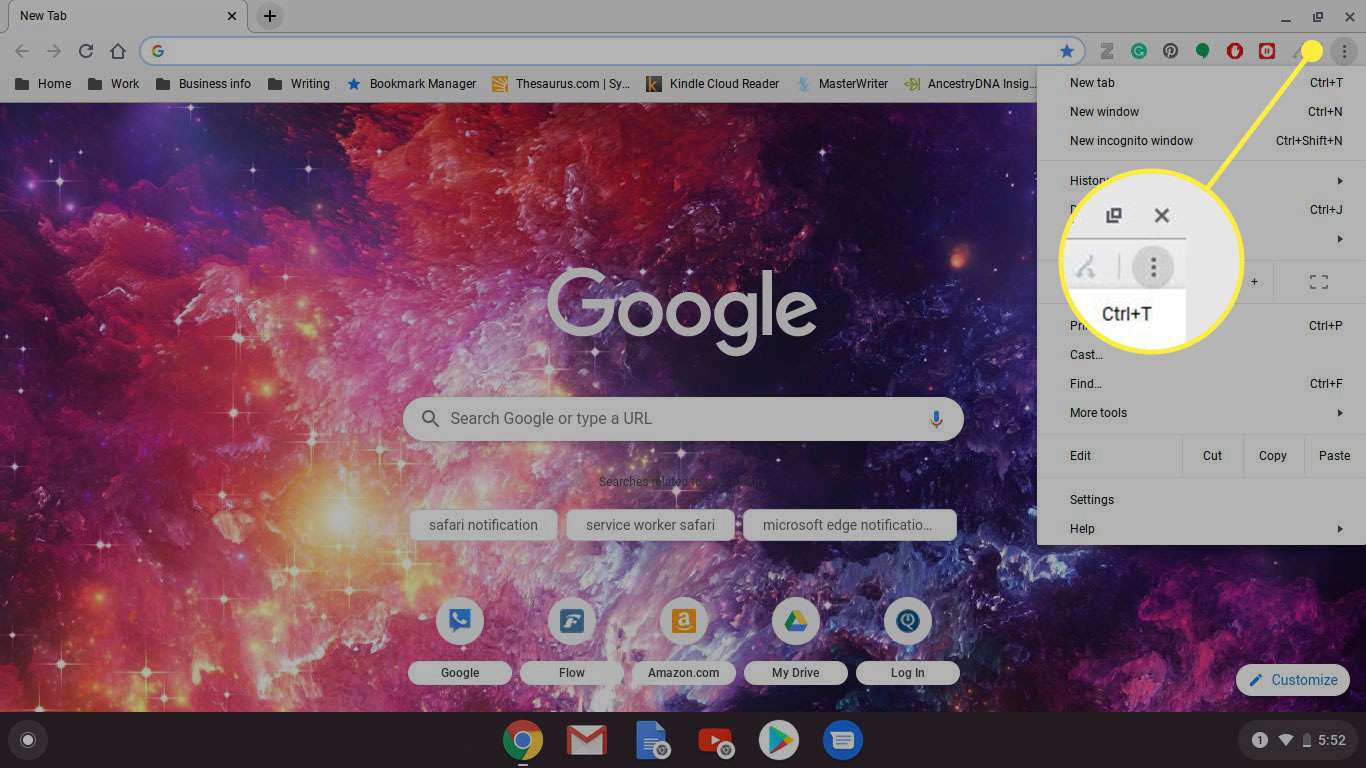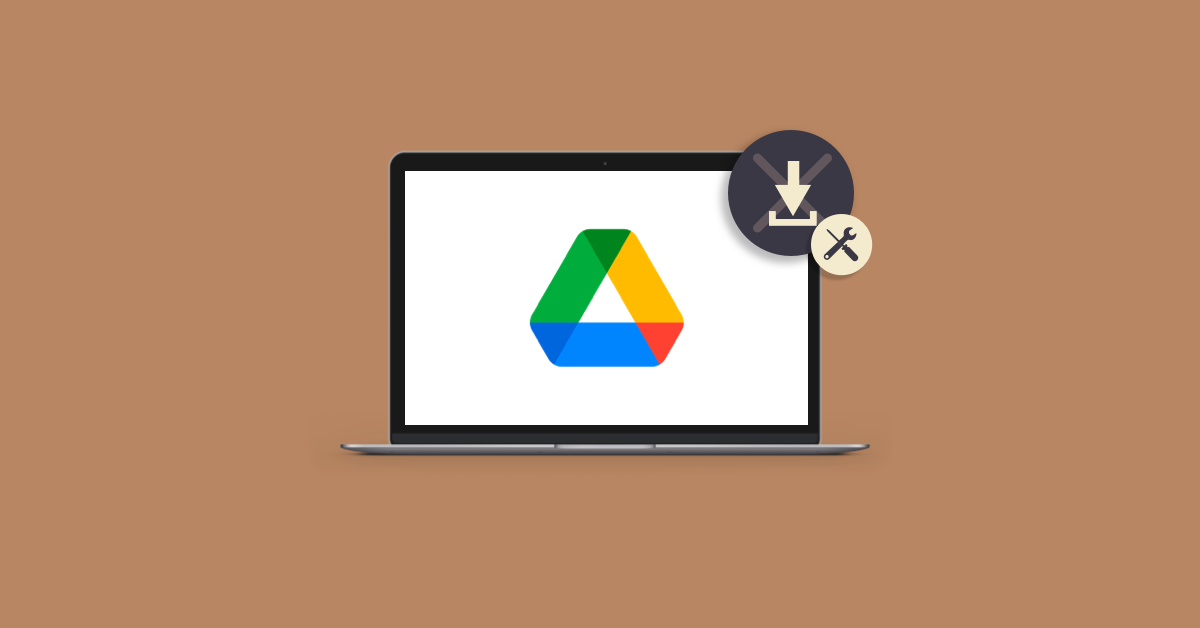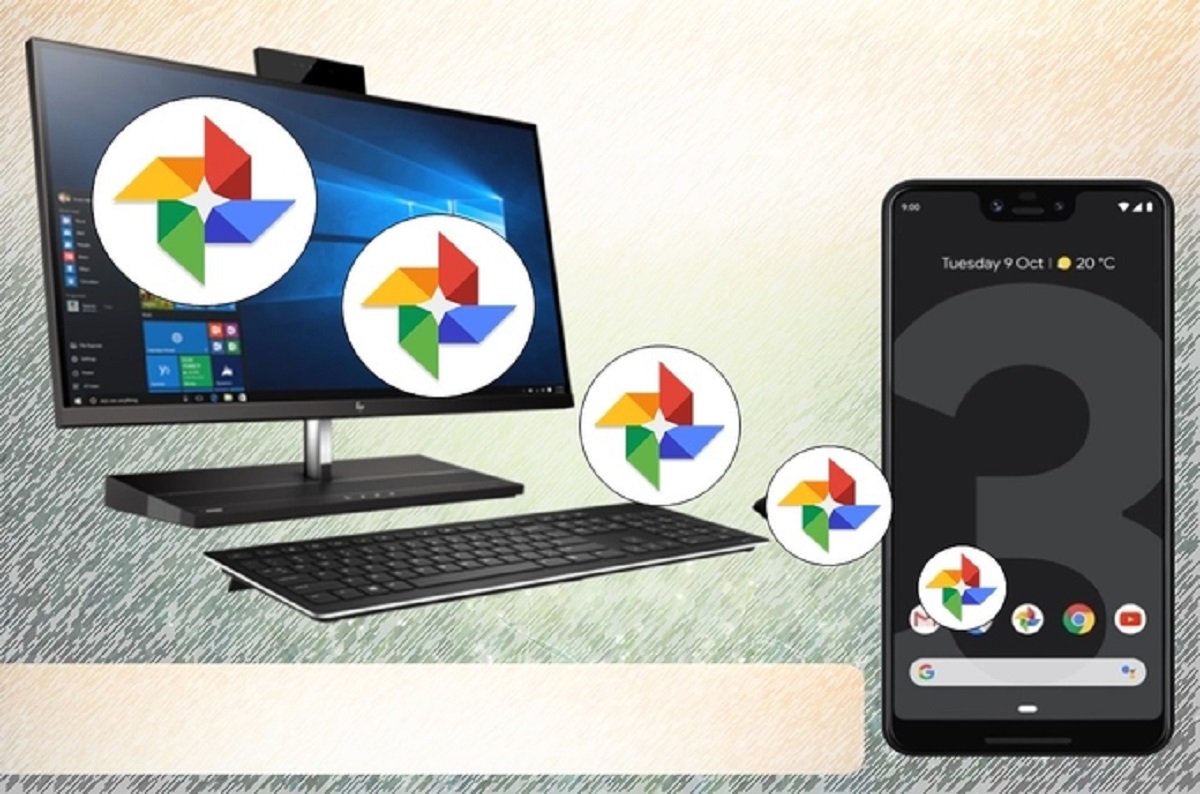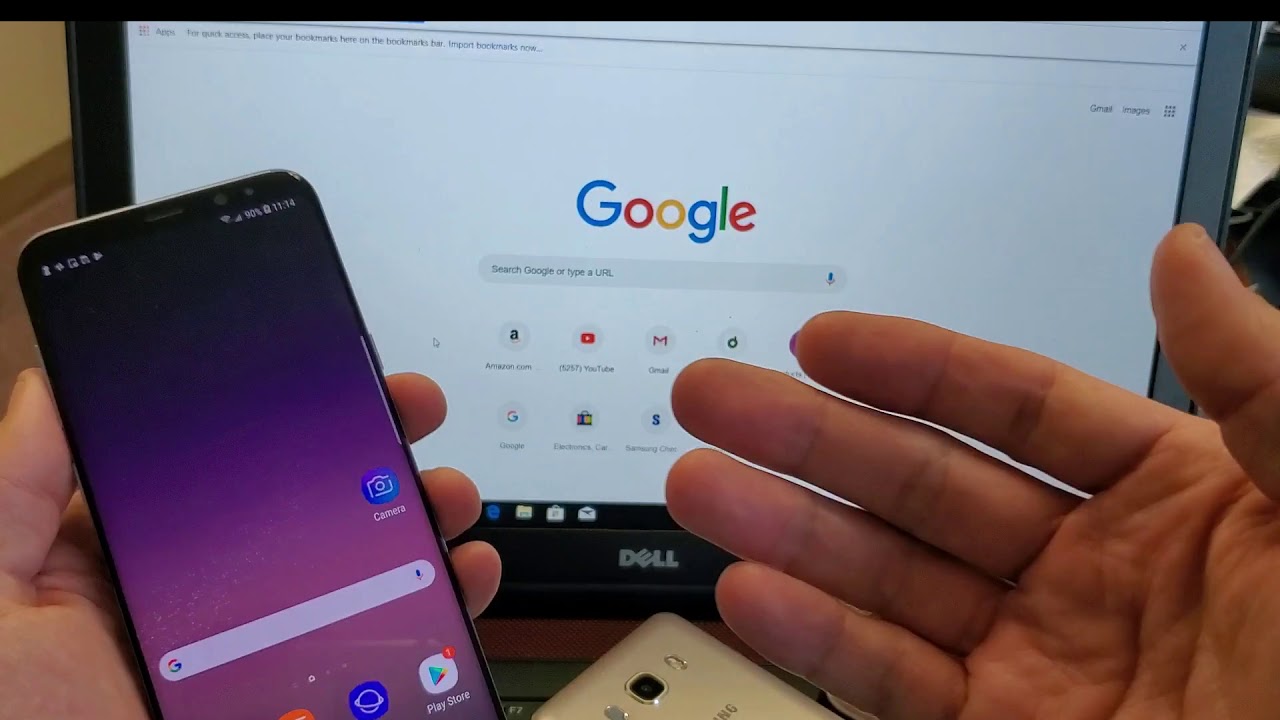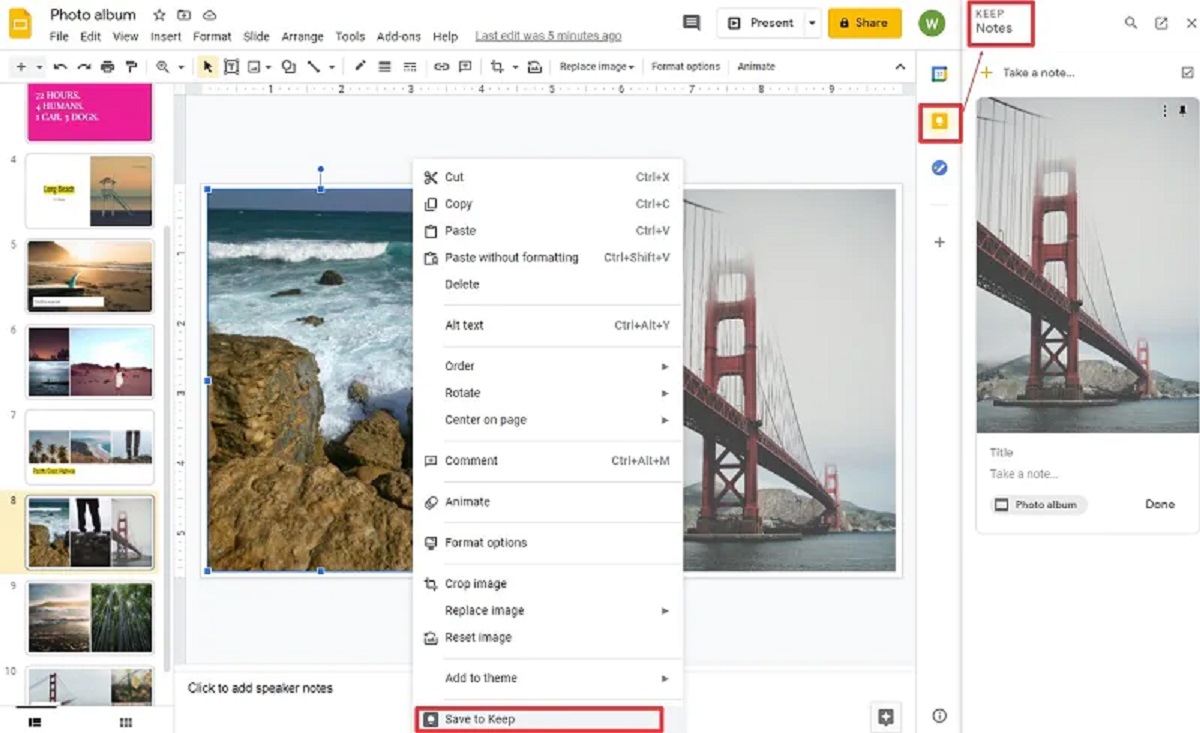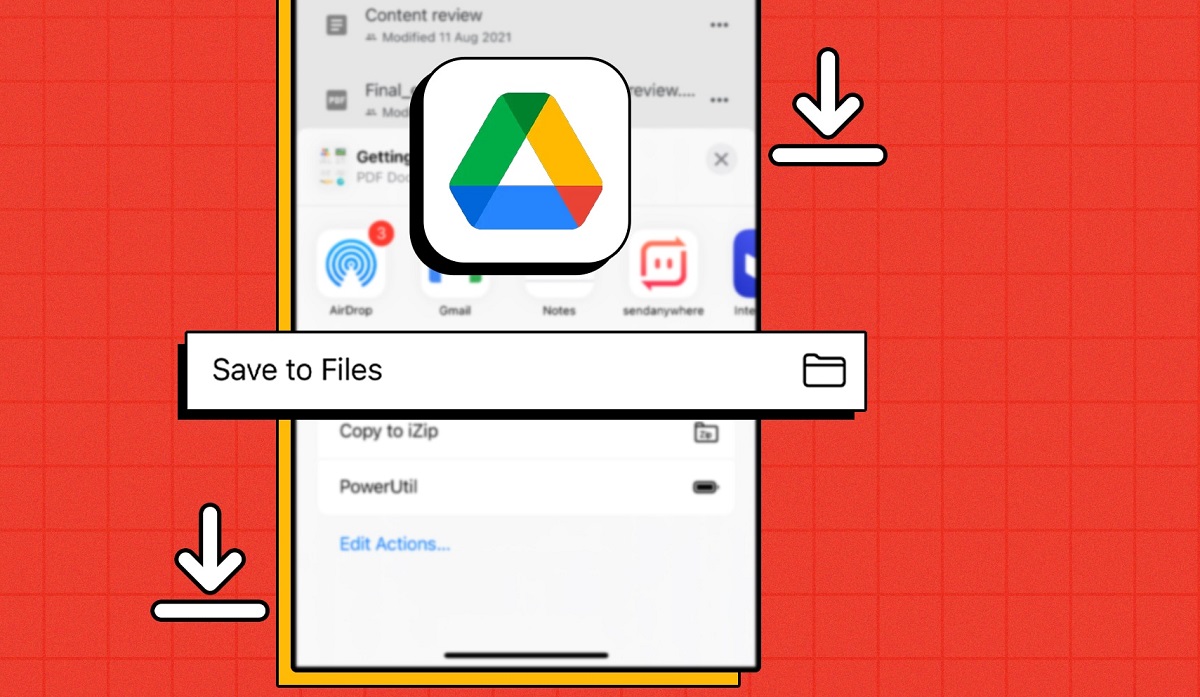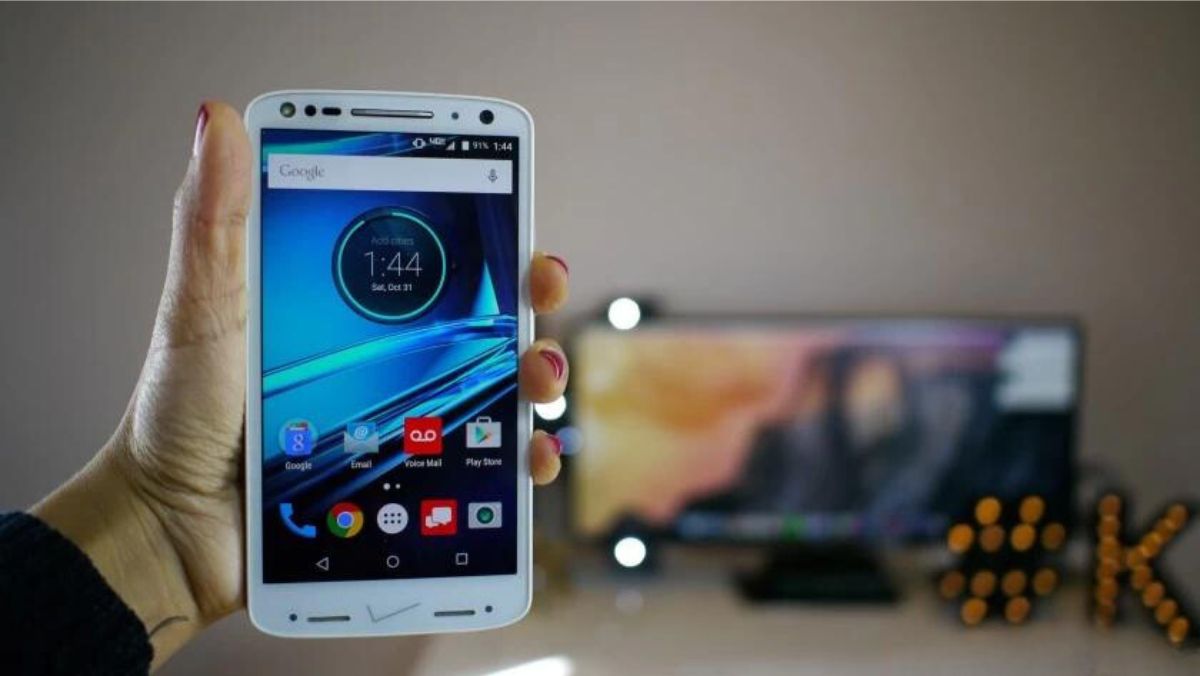Introduction
In today’s digital age, images play an essential role in enhancing our online experiences. Whether it’s for personal use, creative projects, or professional endeavors, there are various reasons why you may want to download a picture from Google. From captivating landscapes to intriguing artwork, the internet is a treasure trove of visual content waiting to be unlocked.
However, figuring out how to download an image from Google can be a bit confusing, especially if you are not familiar with the process. Fortunately, it is a relatively straightforward task that can be accomplished in just a few simple steps.
In this article, we will guide you through the process of downloading a picture from Google Images. We will walk you through each step, from finding the image to saving it on your device. By the end of this guide, you’ll be equipped with the knowledge and skills to effortlessly download images from Google and enrich your collection of visuals.
So, let’s get started with the step-by-step process of downloading pictures from Google Images!
Step 1: Go to Google Images
The first step in downloading a picture from Google is to navigate to Google Images. Open your preferred web browser and go to https://images.google.com/ or simply search for “Google Images” in the search engine.
Once you reach the Google Images page, you will be greeted with a visually appealing interface that showcases a multitude of images from various sources across the web. This vast collection of images makes Google Images the perfect platform to search for and download the picture you desire.
Google Images provides a convenient search bar right at the top of the page where you can enter keywords related to the image you are looking for. For instance, if you are searching for a picture of a beach, type in “beach” in the search bar.
To refine your search results, you can also utilize additional search options such as filters for size, color, usage rights, and more. These options can be found by clicking on the “Tools” button located underneath the search bar.
Once you’ve entered your search query and adjusted any desired filters, hit the “Enter” key or click the magnifying glass icon to initiate the search. Google Images will now display a plethora of images related to your search terms, allowing you to find the perfect picture to download.
Now that you have successfully reached Google Images and explored the search functionality, let’s move on to the next step of the process – searching for the specific image you want to download.
Step 2: Search for the image you want to download
With Google Images opened, it’s time to search for the image you want to download. The search process is simple and straightforward, allowing you to quickly find the desired picture.
To start your search, type a relevant keyword or phrase into the search bar at the top of the page. For example, if you are looking for a picture of a cute kitten, type “cute kitten” and hit the “Enter” key or click on the magnifying glass icon.
Google Images will then display a grid of images related to your search query. Scroll through the results to browse the different pictures available. The images shown may vary in size, aspect ratio, and quality.
If you are not satisfied with the initial results, you can refine your search further using the filters provided by Google Images. These filters allow you to narrow down your search by size, color, type, and more. To access the filters, click on the “Tools” button located underneath the search bar.
Additionally, you can explore the “Similar images” and “Pages that include matching images” options. These options can be found by clicking on the three vertical dots at the top right corner of an image thumbnail. They can be useful if you are looking for variations of a particular image or want to find websites that contain the image.
Once you have found the perfect image you want to download, it’s time to move on to the next step – opening the image in full size.
Step 3: Open the image in full size
After searching for the image you want to download in Google Images, the next step is to open the image in full size. By doing so, you can get a better view of the picture and ensure that it meets your requirements before downloading it.
To open the image in full size, simply click on the desired image from the search results. A larger preview version of the image will appear, allowing you to get a closer look at the details and quality.
If you are using a desktop computer, the image will open in a lightbox overlay, which allows you to view the image without navigating away from the Google Images page. Within the lightbox overlay, you may see additional information about the image, such as its resolution, file size, and website source.
On the other hand, if you are using a mobile device, clicking on the image will generally take you to the webpage where the image is hosted. From there, you can usually find an option to view the image in full size by tapping on it or using a pinch-to-zoom gesture.
Opening the image in full size gives you the opportunity to examine it closely and determine if it is the right fit for your needs. If you find that the image meets your requirements and you are satisfied with its quality and resolution, proceed to the next step – right-clicking on the image to initiate the download process.
Step 4: Right-click on the image
Once you have opened the desired image in full size, it’s time to initiate the download process. The most common method to download an image from Google Images is by right-clicking on it.
To right-click on an image, simply position your cursor over the image and click the right mouse button. This will bring up a context menu with various options.
Within the context menu, you will typically find an option that says “Save image as,” “Save picture as,” or something similar. Click on this option to proceed with saving the image to your device.
Note that the wording of the option may vary depending on the browser you are using. Some browsers, such as Google Chrome, may display only the option “Save image as” when you right-click on an image.
If you are using a touch device or a Mac with a trackpad, you can still perform a right-click action. Simply press and hold the image until the context menu appears, and then select the appropriate option to save the image.
By right-clicking on the image and selecting the “Save image as” option, you have successfully initiated the download process. The next step is to choose a location on your device where you want to save the image.
*/
Step 5: Click on “Save image as”
After right-clicking on the image, a context menu will appear with various options. Look for the option labeled “Save image as” and click on it to proceed with saving the image to your device.
Clicking on “Save image as” will trigger a prompt that allows you to choose where you want to save the image on your device. The appearance of this prompt may differ depending on the web browser you are using.
In the prompt, you will see the current file name of the image, which is often a combination of random letters and numbers. At this point, you have the option to change the file name to something more descriptive if you prefer.
Beneath the file name, you will need to select the location or folder on your device where you want to save the image. You can choose a pre-existing folder or create a new one specifically for the image you are downloading.
Ensure that you select a location that is easily accessible and where you can easily locate the image in the future. It’s recommended to choose a folder that is organized and makes sense within your file system.
Once you have selected the desired location, click on the “Save” button or hit the Enter key to save the image to your device.
By clicking on “Save image as” in the context menu and choosing the appropriate location on your device, you have completed the necessary steps to download the image from Google Images.
Now that the image is saved on your device, you may proceed to the next step, which involves renaming the image if desired.
Step 6: Choose a location to save the image
After clicking on “Save image as,” a prompt will appear allowing you to choose the location or folder on your device where you want to save the image. Selecting the right location is important for easy access and organization of your downloaded images.
The prompt typically displays the current file name of the image, which is often a random combination of letters and numbers. You can choose to keep the original file name or change it to something more descriptive.
Next, browse through your device’s directory structure and select the folder where you want to save the image. If you prefer, you can create a new folder specifically dedicated to organizing your downloaded images.
Consider choosing a location that is easily accessible and makes sense within your file system. It’s a good practice to create folders by category or subject to keep your images organized. For example, you could have separate folders for “Vacation Photos,” “Nature Landscapes,” or “Artwork Inspiration.”
Remember to choose a location where you can easily locate the image in the future. This will save you time and effort when you need to access or use the image later on.
Once you have selected the desired location, click on the “Save” button or press the Enter key on your keyboard to save the image to the chosen folder.
By choosing a location to save the image, you have successfully completed a crucial step in the image downloading process. Now, with the image saved in your preferred location, you may proceed with the next step, which involves optionally renaming the image.
Step 7: Rename the image if desired
When you download an image from Google, it is often assigned a default file name that may not accurately describe the content. In this step, you have the option to rename the image to something more meaningful and easily recognizable.
After the image is saved to your chosen location, locate the image file in your file manager or the folder where you saved it. Right-click on the image file, and a context menu will appear with various options.
In the context menu, look for the option that says “Rename” or similar. Click on this option to initiate the renaming process.
A text input field will appear, allowing you to modify the file name. Consider using descriptive and relevant keywords that accurately represent the content of the image.
For example, if you downloaded a picture of a sunset at the beach, you could rename the file to “beach_sunset.jpg” or something similar. Using descriptive filenames can help you easily identify and locate the image in the future.
Make sure to choose a file name that is concise and meaningful, while avoiding any special characters or spaces that may cause compatibility issues across different devices and platforms.
Once you have entered the desired new name for the image file, press the Enter key or click outside the input field to save the new file name.
Renaming the image file, although optional, can greatly improve organization and make it easier for you to find and use the image in the future.
Now that you have the image saved in the desired location with a new filename (if desired), you are ready to conclude the image downloading process by clicking the “Save” button.
Step 8: Click “Save” to download the image
After choosing a location to save the image and optionally renaming it, the final step to download the image is to click the “Save” button. This action confirms and completes the download process.
Once you have renamed the image file (if desired), ensure that you are still in the folder where you want to save the image. Take a moment to double-check the folder location and the new file name to ensure accuracy.
When you are ready to proceed, click on the “Save” button. The image file will be saved to the chosen location on your device, typically within a matter of seconds.
Depending on your browser and device settings, you may receive a notification or confirmation once the image has been successfully downloaded. This notification may appear as a pop-up or as a small notification bar at the bottom of your screen.
Once the download is complete, you can confirm that the image has been successfully saved by navigating to the folder where you selected to save it. You should see the newly downloaded image file with either the original file name or the new name you assigned to it.
Congratulations! You have successfully downloaded the image from Google Images and saved it on your device. You can now access and use the image whenever needed, whether it’s for personal enjoyment, creative projects, or professional purposes.
Remember to respect copyright laws and usage rights when using any images downloaded from the internet if you intend to use them publicly or commercially. If in doubt, it’s recommended to check the usage rights and seek permission from the image owner before using the downloaded image.
Now that you have completed all the steps to download an image from Google, you are ready to conclude the process and enjoy your newly acquired image!
Conclusion
Downloading a picture from Google Images is a simple and accessible process that allows you to expand your collection of visual content. Whether you need images for personal projects, creative endeavors, or professional use, Google Images offers a vast array of pictures to choose from.
In this article, we have guided you through the step-by-step process of downloading an image from Google. We started by going to Google Images, searching for the desired image, and opening it in full size to ensure its suitability. Then, we right-clicked on the image, clicked on “Save image as,” and chose a location on our device to save the image.
We also discussed the option of renaming the image to make it more descriptive and easily identifiable. Finally, we clicked “Save” to complete the download process and successfully save the image on our device.
Now armed with the knowledge of how to download pictures from Google, you can explore a wide range of images to enhance your digital experiences. Remember to always respect copyrights and usage rights when using downloaded images, especially for public or commercial purposes.
So go ahead, unleash your creativity, and make the most of the incredible visuals available on the internet. Download and use images to bring life to your projects, share your stories, or simply enjoy the beauty captured in photographs.
With the ability to effortlessly download and save images from Google, you have the power to enhance your digital content and make a lasting impression.







